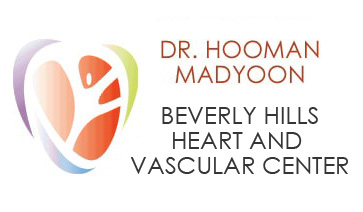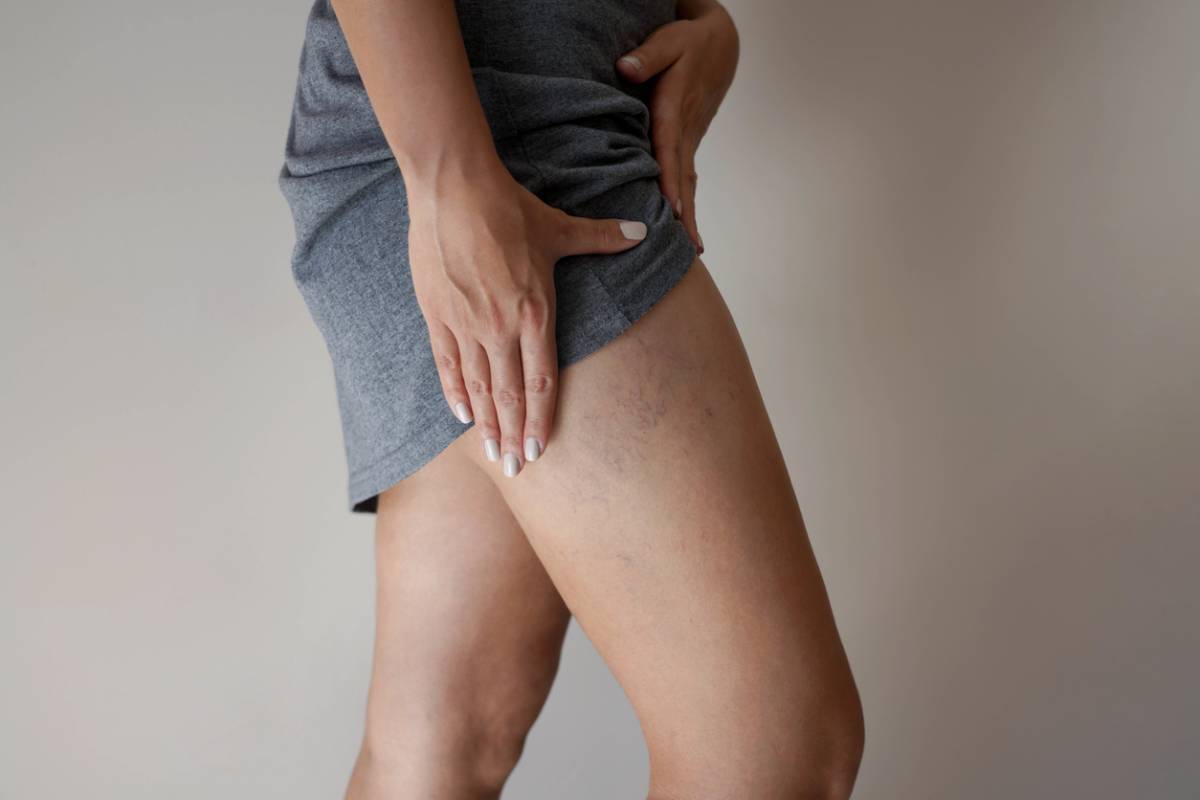Are spider veins a sign of disease? Spider veins is the name given to a certain type of vein that becomes ungainly and visible on the surface of the skin. The primary cause of the development of these veins is when blood vessels beneath the skin become damaged. These veins can appear in several different fashions.
Although spider veins are typically harmless, many individuals will attempt to remove them due to their unpleasant aesthetic appearance. Fortunately, several spider vein removal treatments are available.
Are Spider Veins a Sign of Disease?
Occasionally, spider veins are indicators of more serious health risks. Knowing the signs and symptoms of these elements can help you stay aware of whether or not they are developing.
Spider Vein Basics
Spider veins, also known as telangiectasias, are actually just damaged blood vessels. This gives them their characteristic red, blue, or purple colors. Spider veins tend to develop in clusters that resemble spider webs or tree branches.
Spider veins can potentially form anywhere in the body but have a tendency to develop in the legs and the face. As it’s been stated before, these veins are ultimately harmless, and you need only treat them if you’re concerned about your aesthetic impacts.
If you have a tendency to develop spider veins, your physician may recommend some lifestyle changes.
Should I Be Concerned About My Spider Veins?
Outside of cosmetic concerns, there is rarely any reason to worry about your spider veins, as they aren’t a hazardous medical condition per se. However, they can be indicative of a handful of more concerning conditions. One such condition is known as CVI, or chronic venous insufficiency.
CVI is a vein disease that can have a noticeable effect on one’s quality of life and lead to health complications down the line. Fortunately, a trained specialist has the expertise to diagnose this issue and to proffer advice regarding the steps you need to take to take care of your condition before it becomes exacerbated.
Causes of Spider Veins
Spider veins are considered quite common and can have many different causes. Some of the more common causes of the development of spider veins include:
- Genetic syndromes
- Connective tissue diseases such as rheumatoid arthritis
- Hormonal changes
- Injury and trauma to the skin
There are several different risk factors that can contribute to the development of spider veins. Avoiding these habits can decrease your personal chance of incurring spider veins. Some of the more common risk factors include:
- Sitting and standing for long periods of time
- Are obese
- Come from a family with a history of spider veins or varicose veins
- Use hormonal birth control
- Use hormone therapy for menopause
- Smoke tobacco
- Spend extensive periods of time in the sun
Symptoms of Spider Veins
Generally speaking, spider veins don’t carry additional symptoms. A very small number of people who have spider veins in their legs experience several of these symptoms:
- Cramping
- Burning
- Itching
- Legs that feel tired
- Pain
That being said, many of these issues are actually unrelated to the development of spider veins, and treating spider veins doesn’t resolve the above symptoms. You should discuss with your physician whether they believe these issues are related to spider veins or another set of issues.
Diagnosing and Treating Spider Veins
There are several methods for diagnosing spider veins. Some of the following methods commonly employed include:
- Performing a physical exam
- Inquiring about your medical history and family history
- Look into signs of CVI to determine whether or not your spider veins signal a more serious blood flow problem
Once diagnosed, there are several methods available for treating them. The two most common and popular methods for treating spider veins include the following treatments:
- Sclerotherapy: In this type of therapy, a physician injects a chemical solution into your spider vein in order to close it off. This usually provokes a spider vein to disappear in about three to six weeks.
- Laser therapy: Laser therapy is a noninvasive treatment that is typically utilized for spider veins that appear on the face. In this type of treatment, a high powered laser is used to remove the veins, which typically disappear in several weeks.
Beverly Hill’s Favorite Cardiologist
Dr. Hooman Madyoon and his crack team have the skills and resources to remove your spider veins and discuss whether or not they are connected to a more serious issue. If you would like to discuss your veins with a serious physician, contact our Center for Cardiovascular Health today.

